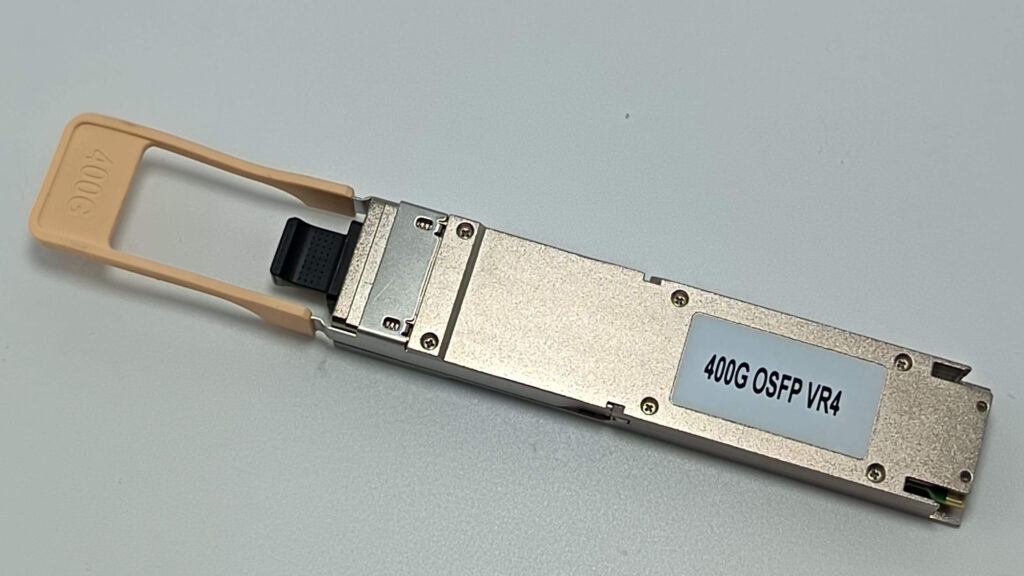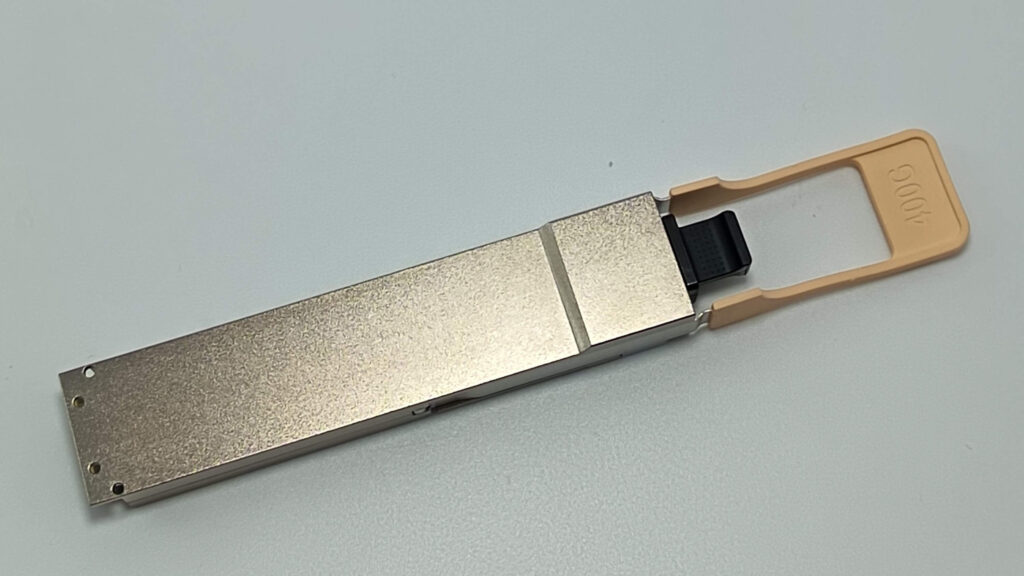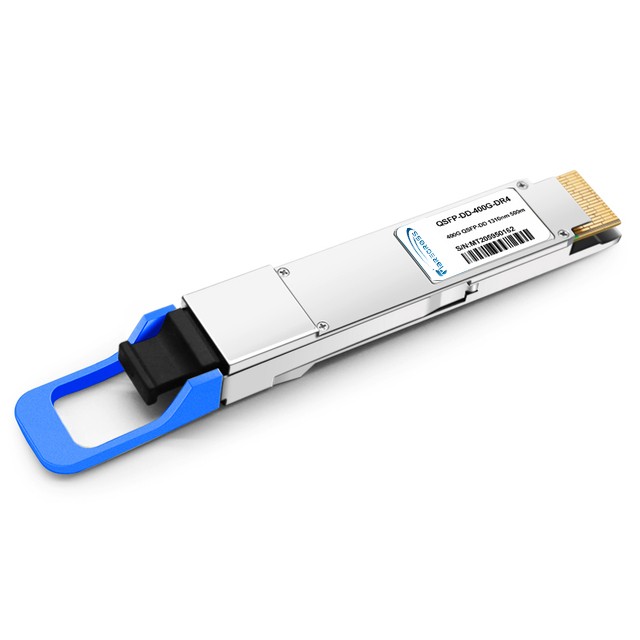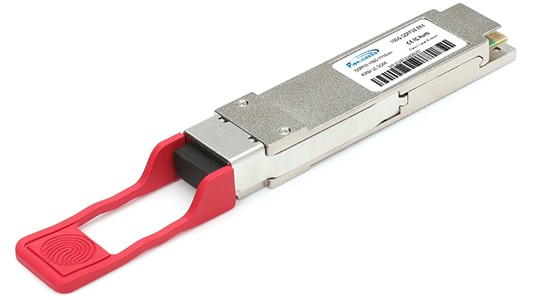Exploring the Optical Transceiver Market: A Key Component for Data Centers and Ethernet Networks
The optical transceiver market is evolving rapidly, driven by the growing demand for high-speed data transmission solutions. From data centers to Ethernet networks, optical transceivers are the backbone of modern communication infrastructures. In particular, the data center optical transceiver market is experiencing substantial growth, as more industries turn to fiber optic solutions for their networking needs. As technology advances, Ethernet fiber optic transceivers are becoming more widespread, enabling businesses to achieve faster and more reliable connectivity.
In this blog, we’ll dive into the state of the optical transceiver industry, the key applications of optical transceivers in data centers, and why they are essential for the future of Ethernet networks.

The Role of Optical Transceivers in Data Centers
Data centers form the digital backbone of the global economy. Whether it’s cloud computing, big data analytics, artificial intelligence (AI), or the Internet of Things (IoT), data centers are responsible for handling an ever-increasing amount of data. As these digital ecosystems grow, the demand for faster and more efficient networking solutions has become more pressing.
Data center optical transceivers are designed to meet these needs. These devices convert electrical signals into optical signals, allowing data to be transmitted over fiber optic cables. Compared to traditional copper cables, fiber optics offer significant advantages in terms of speed, distance, and reliability. Optical transceivers are vital in helping data centers handle the enormous data flows required by modern applications.
For example, in high-performance computing (HPC) environments, optical transceivers can support data rates of up to 400G, facilitating faster processing speeds and reducing latency. This is crucial for applications such as AI, where massive datasets need to be processed quickly and efficiently.
As data centers continue to expand and grow in complexity, the reliance on data center optical transceivers will only increase. These devices enable the high-speed, low-latency communication needed for cloud platforms, enterprise applications, and next-gen technologies like 5G.
Ethernet Fiber Optic Transceivers: Revolutionizing Networking
Ethernet remains the most widely used networking standard in businesses, homes, and data centers. Ethernet fiber optic transceivers are crucial in meeting the growing demand for higher bandwidth and faster speeds. These transceivers enable the conversion of electrical signals to optical signals, allowing Ethernet networks to operate over fiber optic cables instead of traditional copper wiring.
One of the primary benefits of Ethernet fiber optic transceivers is their ability to support high-speed data transmission over longer distances without signal degradation. For instance, while copper cables can handle speeds of up to 10G, optical transceivers can support data rates of up to 400G, offering a substantial performance boost for businesses with high data throughput requirements.
Ethernet fiber optic transceivers are widely used in data centers, local area networks (LANs), and wide area networks (WANs). In enterprise settings, these devices are key to maintaining fast, reliable communication between servers, switches, and routers. With increasing reliance on cloud services and digital communication, Ethernet fiber optic transceivers are becoming indispensable for businesses that want to maintain high-performance networks.
The Growing Optical Transceiver Industry
The optical transceiver industry has witnessed tremendous growth in recent years, fueled by the increasing demand for higher speeds and more reliable network infrastructures. As the digital world continues to expand, optical transceivers are being used in a wide range of industries, from telecommunications to healthcare and finance.
One of the most significant trends in the optical transceiver market is the shift towards higher data rates. While 10G optical transceivers were once the standard, we are now seeing a growing demand for 100G and 400G optical transceivers. This shift is driven by the increasing data requirements of modern applications such as cloud computing, AI, and high-frequency trading, which require faster and more efficient data transmission solutions.
The evolution of the optical transceiver industry is also being driven by innovations in energy efficiency. As data centers and networking infrastructures become more complex, energy consumption has become a critical concern. Manufacturers are working to develop optical transceivers that consume less power while providing higher performance. By reducing energy consumption, these transceivers help businesses lower their operational costs and reduce their environmental impact.
Another key factor driving the growth of the optical transceiver market is the rise of 5G networks. As mobile operators roll out 5G infrastructure, the demand for high-speed optical transceivers will increase. These transceivers will be critical for connecting base stations, enabling faster and more reliable wireless communication.
Optical Transceivers and Their Impact on Modern Networks
In today’s hyper-connected world, businesses cannot afford to operate on outdated or slow networking infrastructure. The need for Ethernet fiber optic transceivers has never been more critical. As data volumes increase and network traffic becomes more complex, the ability to transmit data at high speeds over long distances is essential for maintaining competitive edge.
Optical transceivers are also playing a crucial role in network virtualization and software-defined networking (SDN). These technologies rely on high-speed, low-latency networks to deliver flexible, scalable, and efficient communication. Optical transceivers provide the backbone for these advanced networking solutions, enabling the rapid movement of data across virtualized environments and data center networks.
Moreover, optical transceivers are integral to edge computing. As more processing power is moved closer to end-users in edge data centers, the need for high-speed, reliable transceivers becomes even more critical. By using optical transceivers, businesses can ensure that their edge computing environments operate at peak performance.
The Future Outlook for Optical Transceivers
Looking ahead, the optical transceiver industry is expected to continue its rapid growth. As the demand for higher speeds and more efficient communication solutions increases, manufacturers will continue to innovate, developing transceivers that support speeds beyond 400G.
One of the key drivers of this growth will be the increasing demand for cloud computing and data storage solutions. Cloud providers will continue to rely on optical transceivers to maintain high-speed, low-latency connections between their data centers. Similarly, the growing demand for video streaming, online gaming, and IoT will contribute to the ongoing need for high-performance optical transceivers.
Another significant factor influencing the future of optical transceivers is the rise of artificial intelligence (AI) and machine learning. As AI technologies advance, they will require faster and more efficient data transmission systems to support their processing needs. Optical transceivers will play a critical role in ensuring that these technologies can operate at scale.
Conclusion
The optical transceiver market is evolving rapidly, driven by the need for faster, more reliable, and energy-efficient networking solutions. Data center optical transceivers and Ethernet fiber optic transceivers are becoming essential components for modern data infrastructures, enabling high-speed communication across a variety of industries. As the optical transceiver industry continues to innovate, businesses will have access to even more advanced solutions to meet their growing data needs.
Fibrecross remains committed to providing top-quality optical transceivers designed to meet the needs of today’s high-performance networks. As the industry continues to evolve, we are proud to offer products that help businesses optimize their network infrastructure and stay ahead of the curve.






